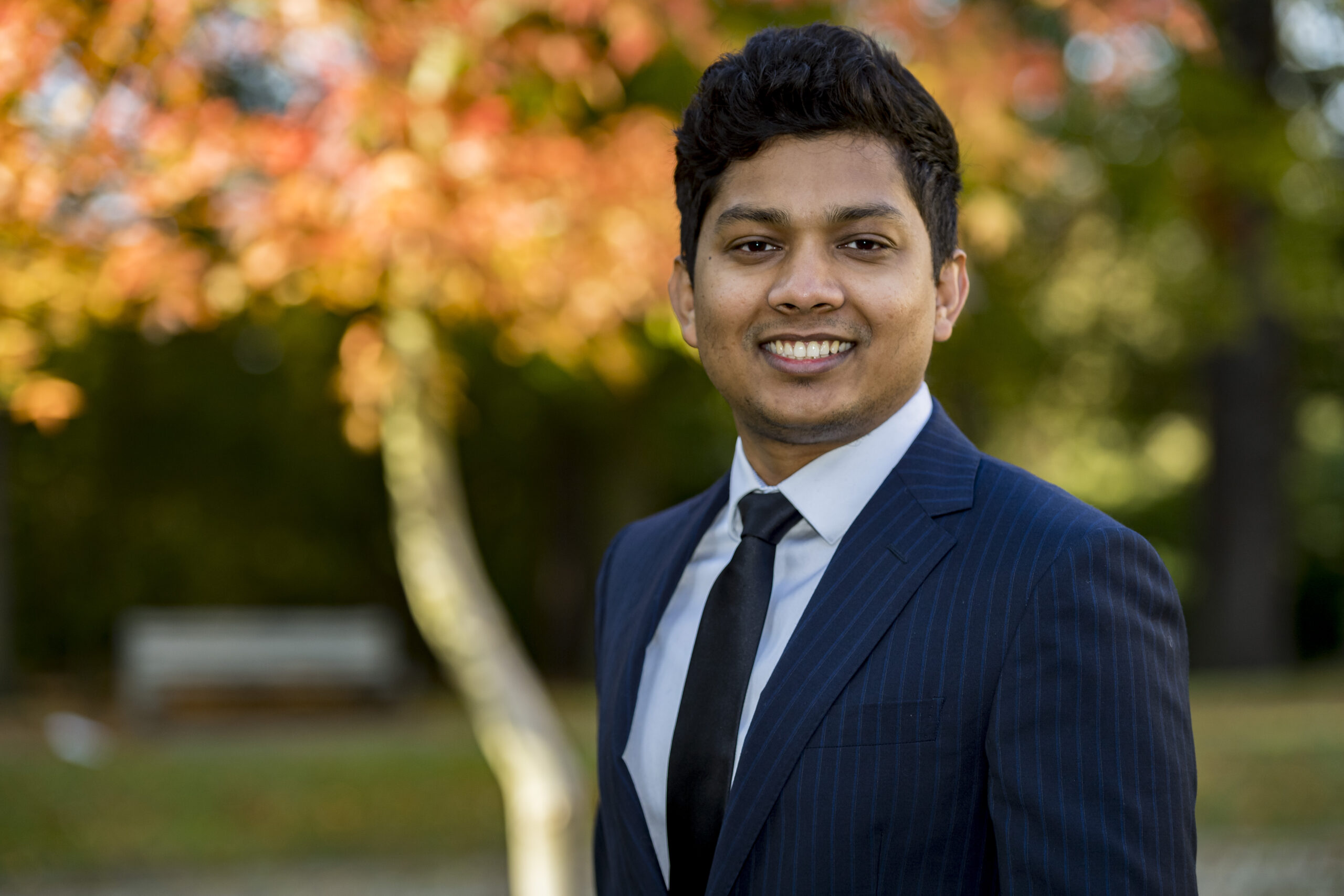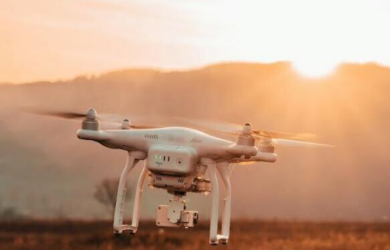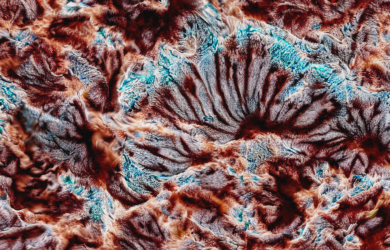
Kasun Kariyawasam talks about how his PhD research and contacts helped him to develop a potentially revolutionary way of monitoring the condition of bridges.
The team I put together at that time included some of the finest researchers in the world in fibre optic monitoring and they all were my close colleagues back in Cambridge. It is incredible how our colleagues from Cambridge can support ambitious initiatives later down the line.
Kasun Kariyawasam
Climate change is causing more frequent floods and adverse weather events, accelerating the deterioration of bridges and buildings and shortening their lifespan. But what if we could counter this by using advanced monitoring technologies to gain a better understanding of their condition and improve their maintenance?
That is what drives Kasun Kariyawasam’s ground-breaking work in Civil Engineering, which has seen him gain award nominations and has resulted in new and potentially revolutionary advancements for monitoring the condition of bridge and building infrastructure.
Early years
Kasun‘s [2016] interest in bridges developed at an early age. Growing up in a small town in central Sri Lanka, he was surrounded by lush green vegetation and lots of bridges. His father encouraged him in his studies and he moved to increasingly competitive schools as he progressed, eventually ending up at the University of Moratuwa, where he chose to pursue Civil Engineering.
During his course Kasun won two awards for academic excellence and led the final-year design project team. Their complex skyscraper project won six awards. On graduating, Kasun was appointed a lecturer at the university. During this time, he got the opportunity to work on nationally significant projects run by university professors, including drafting Sri Lanka’s first green building materials rating system. His research work was recognised with a President’s Award for scientific publications.
Cambridge
Driven by a desire to learn about advanced monitoring techniques which are able to indicate the real-time safety of building infrastructure, Kasun applied for a PhD at the University of Cambridge and secured a Gates Cambridge Scholarship. With the flexibility offered by both the scholarship and his supervisor Professor Campbell Middleton, Kasun explored a wide variety of techniques for his research project. That led him to spend time studying the work of the Laing O’Rourke Centre and Cambridge Centre for Smart Infrastructure, pioneers in Fibre Optic Monitoring technology, a relatively new, innovative method for measuring strain and temperature variations in structures. It works in a similar way to the human nervous system.
Eventually, however, Kasun opted to focus on a new vibration-based approach for monitoring bridge scour, the erosion of soil around a bridge’s foundations. This accounts for an astonishing 50% of bridge failures around the world. The feasibility of vibration-based scour monitoring techniques had been evaluated with numerical modelling techniques, but these often didn’t translate to success in the field. The process Kasun and his supervisor used for a field trial reversed the usual monitoring processes of mounting sensors on bridges and waiting to see scour by focusing on a scoured bridge and monitoring the repair process.
Their field study showed the potential of vibration-based scour monitoring using novel indicators. To investigate this further, Kasun employed the technique in a controlled experimental programme using centrifuge modelling, involving advanced geotechnical physical models. This proved the potential of the technique. His PhD project work was nominated for Digital Initiative of the Year at the 2020 British Construction Industry Awards, the Highways UK Intelligent Infrastructure Competition 2020 and The Engineer magazine’s Collaborate to Innovate awards in 2020.
Fibre optic monitoring project
On graduation, Kasun returned to Sri Lanka and took up a lecturing post at the University of Moratuwa. There he met a former Vice Chancellor of the university who was also a non-executive director of a large construction company. He suggested that the company was looking to fund research projects that would positively impact the Sri Lankan construction industry. Kasun’s work at Cambridge was at the cutting edge of bridge technology, but it has only one application (to address scour). However, Kasun remembered the Fibre Optic Monitoring technology he had seen at Cambridge during his studies and thought it would be ideal as a new technology for Sri Lanka due to its wide applicability for buildings, bridges and geotechnical structures.
Kasun felt that a specific, relatively new Fibre Optic Monitoring technology known as Brillouin Optical Frequency Domain Analysis (BOFDA) technology would be useful for this project because of its accuracy.
But to start such an ambitious project he needed support, and he reached out to his former colleagues in Cambridge, who were scattered across Cambridge and Oxford. They were keen to collaborate and support the initiative to see how the technology might work in the field. He then did a one-day workshop with his colleagues to industry partners to show the potential impact and won $100,000 in funding. Kasun put together a team of researchers from Cambridge, Oxford and Moratuwa to work with engineers from Access Engineering Plc to introduce Fibre Optic Monitoring technology to Sri Lanka.
Kasun and his team developed testing beds for strain and temperature testing, which helped to carry out initial calibration testing. Then they moved to concrete beam testing with fibre optic cables embedded inside beams. Kasun’s beam tests showed that the cables in compression performed poorly when measurements were taken, which led him and the team to question previous assumptions.
With this new finding the team reached out to further collaborators from Qatar University and WSP UK, all of whom were previous Cambridge colleagues with extensive expertise in fibre optic monitoring. The aim was to understand the behaviour of the cables. Further experiments with various levels of pre-strain were conducted and it was found that only the pre-strained cables gave good results in the compression zone. It was the first time there had been concrete evidence of the need for pre-strain cables in compression zones and their results changed fibre optic monitoring technology practice.
Kasun says: “The team I put together at that time included some of the finest researchers in the world in fibre optic monitoring, some of whom had authored industry-leading best practice guides on the technology, and they all were my close colleagues back in Cambridge with whom I used to share an office. It is incredible how our colleagues from Cambridge can support ambitious initiatives later down the line. I am very thankful for all of them for their support.”
He added: “Our discovery has the potential to revolutionise the way Fibre Optic Monitoring is implemented, particularly in settings where the structural elements are subjected to compressive forces.”
Kasun and his team have since developed a pre-straining tool, which can be seamlessly attached to reinforcement bars at site and stretch fibre optic cables to provide adequate pre-strain. He further carried out small-scale field testing to test the feasibility of using fibre optic cables to test the integrity of piles – the long cylinders used in construction which are made up of a strong material, such as concrete. His work won an Outstanding Research Award from the University of Moratuwa.
Consultancy work
Early in 2023 Kasun returned to Cambridge to take up a job as a Senior Engineer at the Consulting firm WSP where he has been working on a range of projects, including the Hammersmith Bridge strengthening project and numerous projects linked to the repair of National Highways bridges. He continues to support the University of Moratuwa as a Postgraduate degree viva panel member and is helping to develop an online Project Management Programme.
His work on fibre optic monitoring and pre-straining tool development was shortlisted for two categories of the Collaborate to Innovate Awards 2023.












